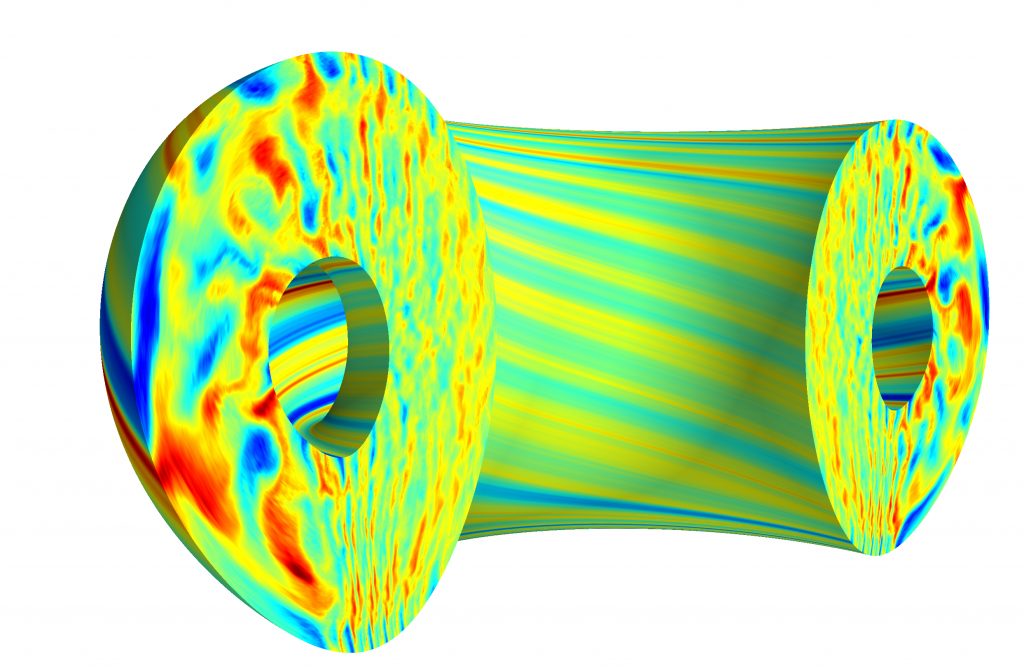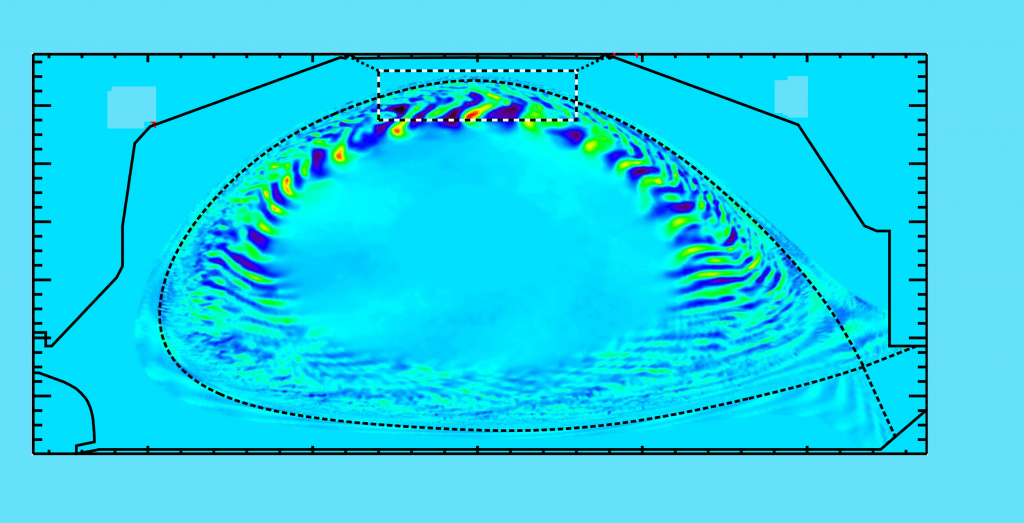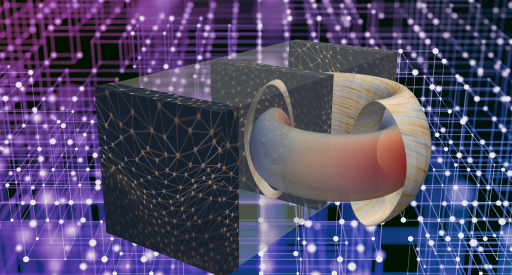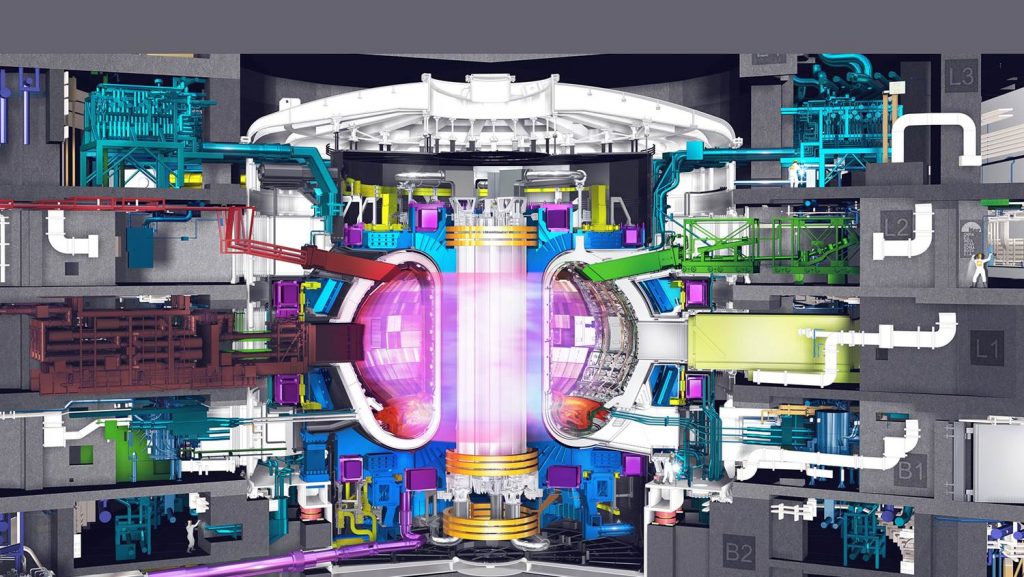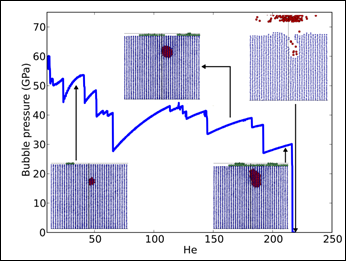
PI: Amitava Bhattacharjee Princeton Plasma Physics Laboratory In 2016, the US Department of Energy’s (DOE’s) Exascale Computing Project (ECP) set out to develop advanced software for the arrival of exascale-class supercomputers capable of a quintillion (10¹⁸) or more calculations per second. That meant rethinking, reinventing, and optimizing dozens of scientific…
Coury TurczynAugust 8, 2023



